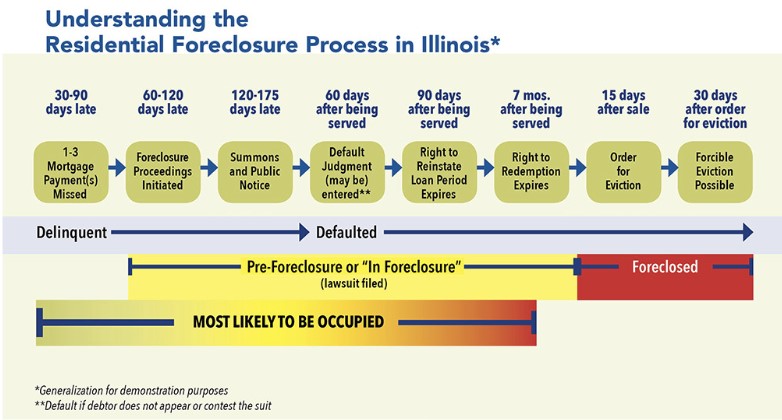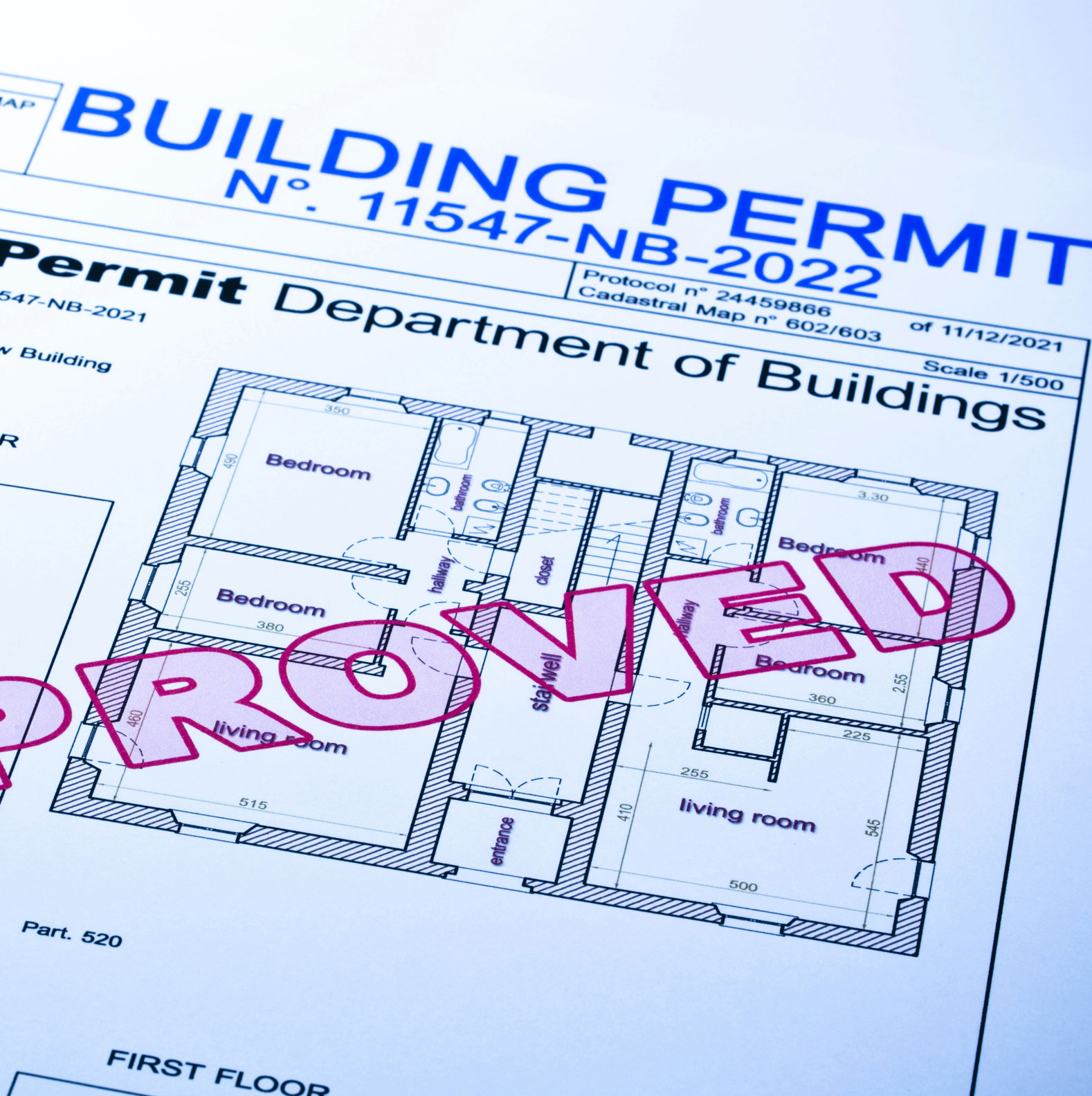Introduction:
For equitable developers, tax incentives can make the difference between a project that is financially feasible and one that never gets off the ground. Chicago offers a variety of tax benefits designed to encourage development in underserved neighborhoods, preserve affordability, and promote adaptive reuse. Understanding these incentives—and knowing how to access them—can help developers reduce costs and create long-term community impact.
While I’m not a tax expert, I can help you identify opportunities, connect with specialists, and navigate the process of leveraging tax incentives for your next project.
1. Key Tax Incentives for Equitable Development
Chicago and Illinois offer several tax incentives that can benefit equitable developers. Here are some of the most impactful programs:
Low-Income Housing Tax Credits (LIHTC)
- A federal program administered by the Illinois Housing Development Authority (IHDA).
- Encourages private investment in affordable housing by offering tax credits to developers.
- Can be used for new construction or rehabilitation of existing buildings.
Who It’s For: Developers creating or preserving affordable rental housing.
How It Helps: Reduces federal tax liability in exchange for providing long-term affordable housing.
Tax Increment Financing (TIF)
- Chicago’s TIF program uses future tax revenues to subsidize redevelopment in designated districts.
- Funds can be used for site preparation, infrastructure improvements, and affordable housing projects.
Who It’s For: Developers working in TIF districts with projects that provide public benefits.
How It Helps: Offsets upfront costs and makes redevelopment more financially viable.
Pro Tip: Each TIF district has different rules, so understanding the local requirements is key.
Class 7 & Class 8 Property Tax Incentives
- Aimed at commercial and industrial projects in economically challenged areas.
- Reduces property tax rates for up to 12 years.
Who It’s For: Developers rehabbing or constructing commercial properties in targeted areas.
How It Helps: Lowers property tax burdens, making projects more attractive to investors and tenants.
Historic Preservation Tax Credits
- Encourages the rehabilitation of historic properties for residential or commercial use.
- Offers a 20% federal tax credit for certified projects.
Who It’s For: Developers restoring historic buildings in Chicago.
How It Helps: Helps cover the costs of adaptive reuse projects while maintaining community character.
Pro Tip: Projects must be certified by the National Park Service to qualify.
New Market Tax Credits (NMTC)
- Encourages investment in businesses and real estate developments in low-income communities.
- Provides tax credits to investors who finance projects in qualified census tracts.
Who It’s For: Developers working on mixed-use, community, or commercial projects in economically distressed areas.
How It Helps: Attracts private capital to areas that need it most.
2. How to Access These Tax Incentives
Step 1: Identify Eligible Properties
- Use Chicago’s TIF district map and LIHTC property database to find potential sites.
- Research historic preservation eligibility if considering an adaptive reuse project.
Step 2: Connect with the Right Agencies
- The Chicago Department of Planning & Development oversees TIFs and commercial property tax incentives.
- The Illinois Housing Development Authority (IHDA) administers LIHTC applications.
- The National Park Service & State Historic Preservation Office handle historic tax credits.
Step 3: Work with Financial & Legal Experts
- Tax credits often require compliance with strict guidelines.
- Partnering with tax advisors and attorneys can help navigate the process efficiently.
Step 4: Combine Incentives for Maximum Impact
- Many incentives can be stacked to maximize savings (e.g., using TIF funds alongside LIHTC for an affordable housing project).
- Work with a consultant or financial expert to determine the best approach.
3. Challenges & Considerations
- Lengthy Approval Processes: Some incentives require extensive documentation and patience.
- Affordability Commitments: Many programs require long-term affordability agreements.
- Community Engagement: Some tax incentives require neighborhood support and aldermanic approval.
4. How I Can Help
While I don’t provide tax advisory services, I can:
✔️ Help Identify Properties in Incentive Zones – I’ll find locations that may qualify for tax benefits.
✔️ Connect You with the Right Experts – I’ll introduce you to tax specialists, city officials, and legal advisors.
✔️ Assist in Navigating the Process – I’ll help you understand eligibility requirements and connect you with the right resources.
✔️ Support in Community Engagement – I’ll guide you in securing neighborhood and aldermanic support when needed.
Conclusion:
Tax incentives can be a game-changer for equitable developers, helping to lower costs and increase project viability. If you’re considering a development and want to explore potential tax benefits, I can help you research options and connect with the right experts. Let’s start the conversation!


 Facebook
Facebook
 X
X
 Pinterest
Pinterest
 Copy Link
Copy Link









